jabrill peppers screen serial killer
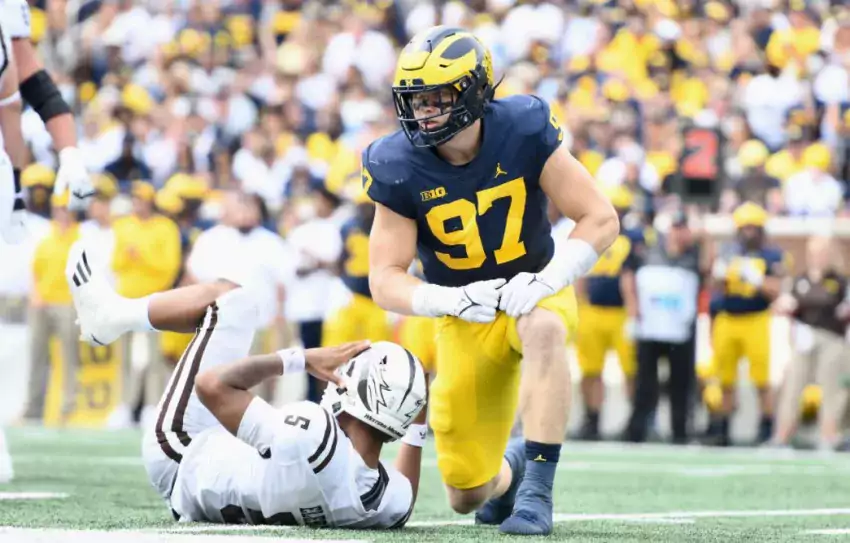
Substitution Notes: Forgot to do this for the offense. Smith, Jeter, Hinton, and Jenkins rotated at the 2-3 inside positions, with Mazi the nose when they had a 3rd guy and Julius Welschof coming in for passing downs. I didn’t see Jess Speight but Braiden McGregor got some run. Hutchinson was in and out with the other OLBs—Ojabo, Upshaw, Morris, and some Jaylen Harrell. Linebacker was Ross and NHG until backup hour, when Junior Colson and Kalel Mullings came in ahead of Michael Barrett. Dax played the hybrid nickel role or strong safety when they went 3-4, with Moten coming in as the extra safety with Hawkins. Cornerback was Green and Gray mostly, with rotations from Turner.
Formation Notes:
I used tech numbering for the fronts starting from the first strongside player with his hand down. So a standard odd front would be “404” for a nose guard (zero) flanked by 4-techs on the inside shoulder of their tackles:
…and a standard over front would be “32” for a 3-tech and a 2-tech. I didn’t bother with “3i” etc. (e.g. below) because that’s getting into the weeds and too hard to see.
Hi. I’ve shortened “Cover Look” and “x-high” to “Hi” and a number of DBs who are sitting at least 9 yards off the LOS to save space.
Expected Points Added. I’ve added a new column that shows the value of the play (to the offense). We’ll see if there’s value to glean from it later. Expected points are based on the points an average offense will score from that down/distance/field position on that drive. For example a two-point conversion attempt averages +1.1 EP. So if Jabrill Peppers intercepts an option pitch on an MSU 2PA and takes it back to the other end for 2 points, we calculate the result of –2 points for the offense minus the 1.1 EP they were expected to get, to call that a -3.3 EP swing for the offense.
[After THE JUMP: Good kids and bad vets]
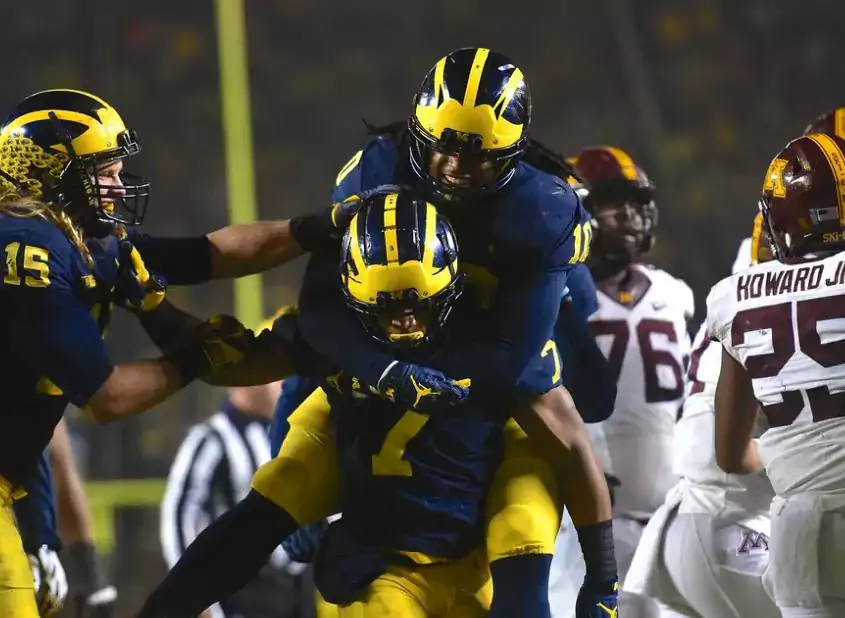
Our ongoing series covering Michigan's 2010s. Previously: Our Favorite Blocks, QBs, RBs, and WRs, TEs, FBs, and OL, Defensive Line, The 2000s.
Methodology: The staff decided these together and split the writeups. Considering individual years but a player can only be nominated once. Because of the various iterations of defense over the decade we decided on three types: two interior linebackers who could play MLB or WLB, a DE-ish rush specialist like a 3-3-5 Quick, 4-3 Under SAM, or Don Brown's Uche position, and a hybrid safety, considering the guys who played Spur (2010), Nickel (2014-'15), or Viper (2016-'19).
INTERIOR LINEBACKER: Devin Bush Jr. (2018)
Picking a year for Bush is difficult because he is one of those players who burst onto the scene fully formed. His first game as a starter came against Florida, which is a delightful team to debut against when you are a rabid squirrel man.
His numbers were actually better in 2017, his sophomore year, but a large portion of that dropoff was a shift in defensive scheme that forced him to drop into anti-slant zones. He did this with aplomb because he did everything with aplomb. Another chunk of it was the existence of Chase Winovich and Rashan Gary, particularly the former.
Bush got picked 10th overall after 2018 so we'll go with that season. He was the same guy both years he started.
That was the fastest linebacker in the country. You could occasionally get Bush to take a false step; often it didn't matter. Attempting to edge him was a recipe for second and eight…
…if you were lucky.
Bush rewrote the UFR record book for a linebacker because he was a true triple threat LB, able to blitz, play the run, and cover. Not bad for a guy whom Florida State offered a couple of weeks before his commitment.
-Brian
[After THE JUMP: This is MGoBlog, what did you think we were going to carp about?]
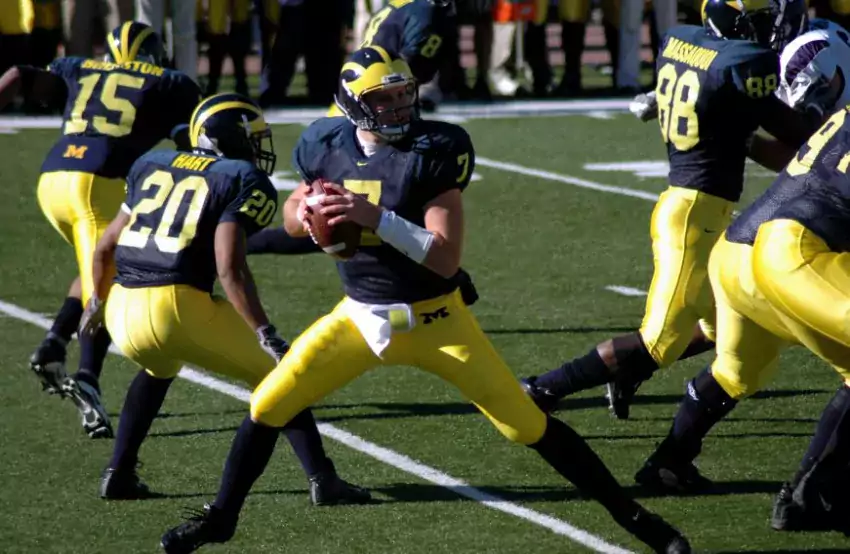
This one turned into a beast as I ran into a lot of close decisions and had to watch a lot of Wolverine Historian'd Michigan victories on the youtubes to get them right. The things I do for you people.
Previously: Pro Offense/Pro Defense, 1879-Before Bo, 5-Stars, 3-Stars, Extracurriculars, Position-Switchers, Highlights, Numbers Offense/Numbers Defense, In-State, Names, Small Guys, Big Guys
Rules: Scoring the way we might with Upon Further Review or Pro Football Focus, i.e. overall positive impact minus negative impact. Eligible seasons are those where the guy played with freshman eligibility (you can be a redshirt freshman but not retroactively). Also we're grading only on that freshman season, not what came before or after.
Freshman Eligibility: With a few wartime exceptions and some irregularities from back when college football was 'Nam, from 1896 (the formation of the Big Ten) until 1972 freshmen in football were not eligible to compete on varsity. Instead they had freshman teams, who often played on Monday nights. It's way beyond my capabilities for some offseason #content to read every account of every freshman game from the 20th century, so only varsity freshmen are going to count here.
----------------------------------------------------
Quarterback: Chad Henne (2004)
Lloyd Carr promised a battle for the job of replacing John Navarre. The candidates were RS sophomore Matt Gutierrez, who had never lost a game in high school, RS freshman southpaw (and future South Side-er) Clayton Richard, and the new five-star freshman yanked out of Penn State territory over the public objections of his head coach.
Coming out of spring the smart money was on Gutierrez, who'd wet his feet some in 2003. Nearing the end of fall practice that pick was locked in, and leaking out, along with rumors that the newcomer had replaced the future lefty reliever. Then during prep week to face Miami (NNTM) and Notre Dame, Gutierrez went down. A true freshman took the controls of the most NFL-like passing offense outside of the NFL.
Henne wasn't allowed to do much, especially early on. But he could do the one thing—the thing that would define his 2,743-yard, 25-TD (12-INT) freshman campaign. That is: throw it to Braylon. Henne's first long pass was a dead-on-balls fade to Braylon. His first touchdown was a 20-yard rocket to Braylon. His first 40-pass day included 18 in the direction Braylon. Of course, Braylonfest went in the direction of Braylon.
But as the season progressed Henne was picking up the offense. His Big Ten debut was a 16/26/236-yard performance against Iowa. He dispatched Indiana with lethal efficiency, and carried the offense the rest of the way. Though they lost to Ohio State (on a 27/54 day for Henne), a Wisconsin loss that day secured Michigan another trip to Pasadena.
Backup: Rick Leach (1975). Before I get attacked by an army of sexagenarians led by Dr. Sap, this is not a knock on Leach so much as recognition of Henne. If you did want to knock Leach, he wasn't much of a passer (32/100, 680 yards, 3 TDs, 12 INTs, 75.0 QBRtg) even in the context of his day. His rushing stats—611 yards/4.88 YPC and 5 TDs on 83 attempts—weren't great either. But the freshman had the right feel for the option, and that set up both RB Gordie Bell and FB Rob Lytle for 1,000-yard rushing seasons. Leach had a terrible Ohio State game, and while that motivated him to win three straight afterward, it didn't feel so great in '75.
HM: Tate Forcier (2009), Elvis Grbac (1989), Steven Threet (2008), Ryan Mallett (2007)
[AFTER THE JUMP: A more freshman year than 2004.]
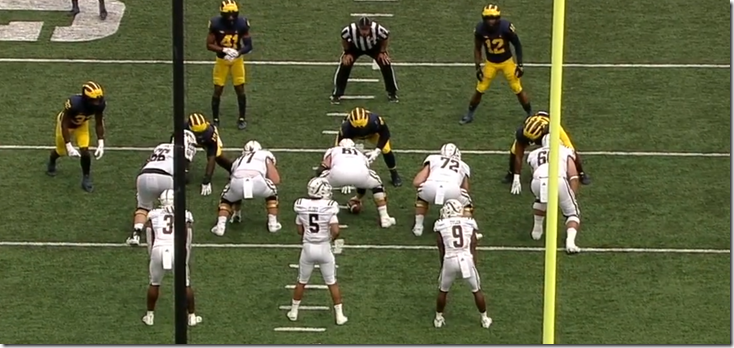

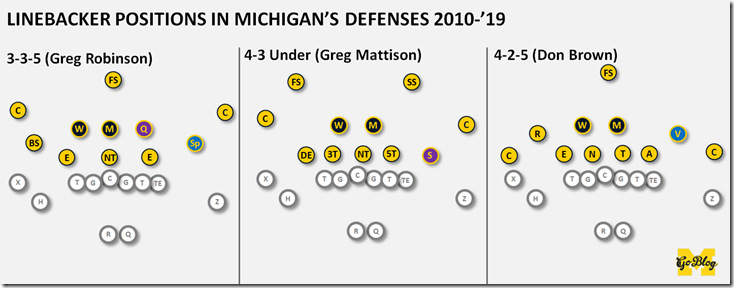
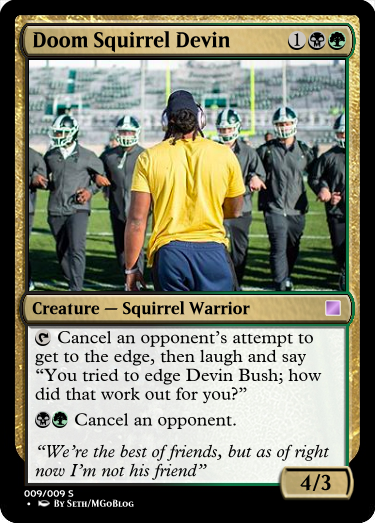
54